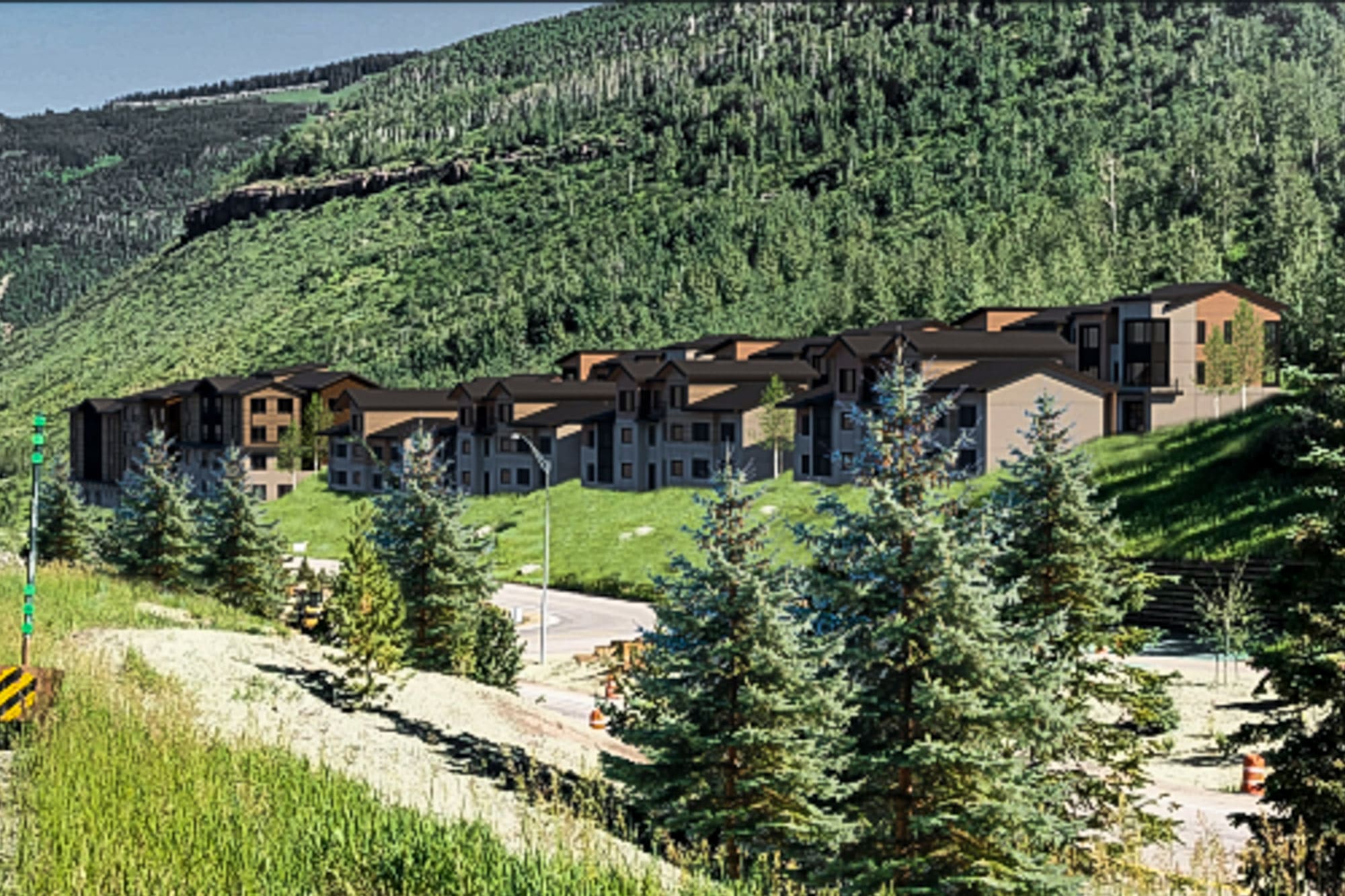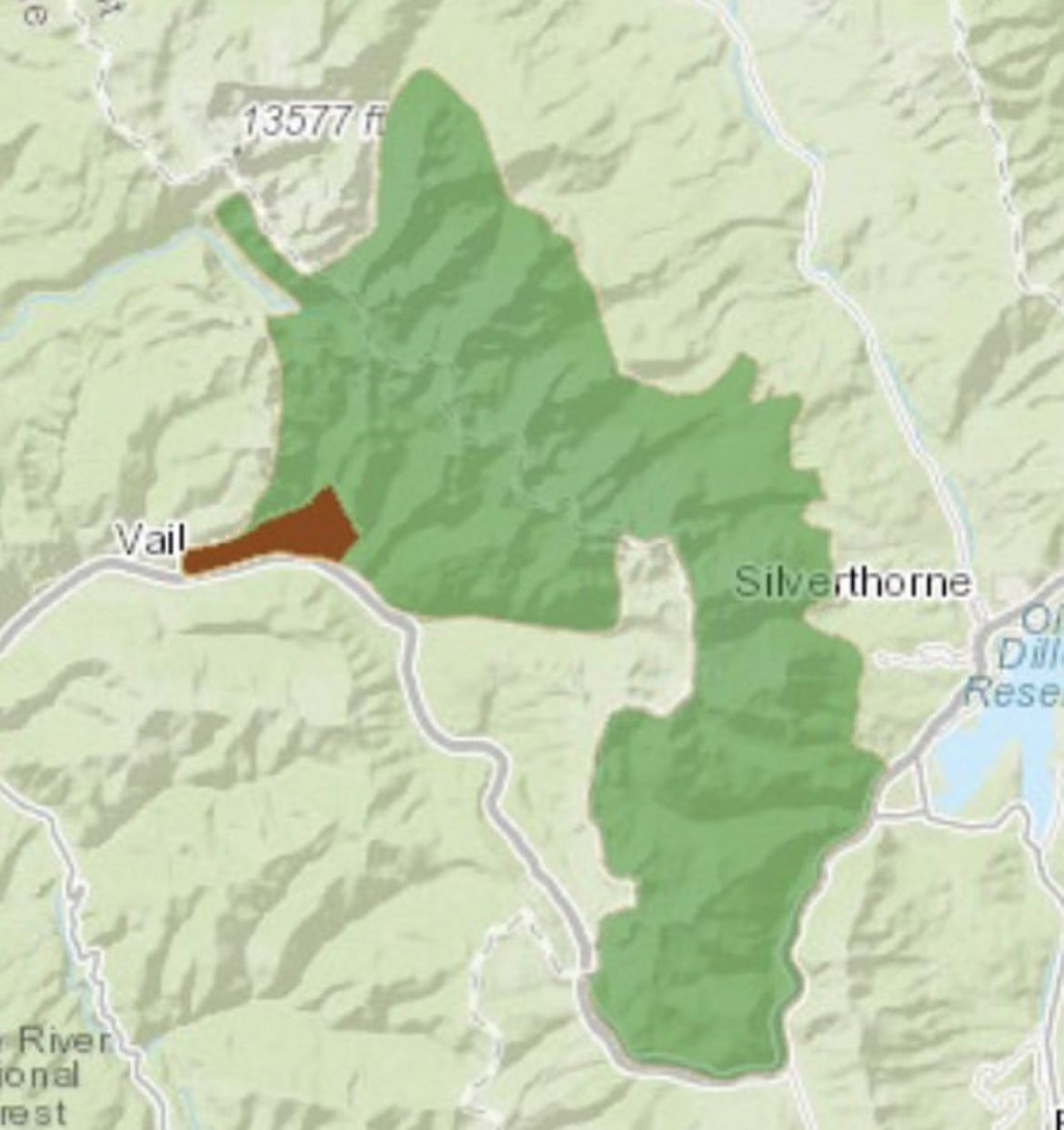
On Tuesday, August 30, Vail Corp. filed a complaint at the Eagle County District Court against the town of Vail for improper use of the emergency ordinance process. The town of Vail passed an emergency ordinance, Ordinance 16, on August 2, to stop Vail Corp. from doing any work on its 23.2-acre parcel of land in East Vail.
Vail Corp. was going to have soil testing carried out and the ordinance prevented this. The complaint states that “a Bighorn sheep expert was consulted on whether the soils testing permit would have any impact on the Bighorn sheep and she determined it did not.” This is the same expert that appeared and testified at the hearing on August 2. Seeing the Bighorn sheep migrate for the winter towards a smaller area, delaying the soil testing to November would actually have a bigger impact. Therefore, Vail Resorts is seeking to have Ordinance 16 overturned.

Vail Corp. emphasizes that they do not want to go to court but merely want the issue resolved. The company stresses that emergency ordinances are there to protect the public but that “Ordinance 16 does not protect the public at all,” and calls the use “improper.”
To trace back the story in a nutshell: Vail Corp. earmarked a parcel of land in East Vail for the development of affordable staff accommodation in 2017. After gaining approval in 2019, the town of Vail subsequently back-paddled, trying to stop Vail Corp. from starting its building project which was supposed to be ready for the 23/24 season.
The workforce housing project has the town of Vail divided. At the heart of the debate is the fact that the proposed development is on a parcel of land used by the native Bighorn sheep population for winter grazing. While the sheep inhabit more than 150,000 acres of the Gore Range of North Central Colorado during summer, they only inhabit a 1,000-acre range during winter. The entire herd of about 75-100 Bighorn Sheep depend on this south-facing spot to survive the winter.

On the one hand, the supporters of the project point out that Vail needs affordable housing for employees and that the encroachment of the grazing land is minimal. The proposed affordable housing project would occupy only 5 acres or 0.5% of the winter grazing area and Vail Corp. was going to make 17 acres a dedicated preservation area and invest $100,000 to improve the conditions for the Bighorn sheep. Proponents further accuse the town of objecting to it simply due to it being affordable housing, pointing out that luxury projects in the same area are being approved without delay.
On the other side of the argument are the conservationists who stress that the area is the only parcel the herd uses for winter grazing and that any construction or work would decimate the Bighorn sheep’s habitat. They also point out that the luxury project site is in a different area and falls under a separate zoning requirement. They further highlight the fact that multiple areas had been offered to Vail Corp. as alternatives but the resort had not followed up on any of these offers.
It seems both parties will remain at loggerheads indefinitely at this stage unless they are willing to come together and compromise.
Vail Resorts has missed lots of opportunities in the past to build employee housing. The reason they decided to do this was putting their PROFITS first over their employees. Why spend any money on employee housing until you are forced to or mismanaged into having to do it. We now know how this has turned out.
How about this simple idea, VR builds new employee housing every time they add a new lift or add more employees? How about housing that is also environmentally sensitive?
How about for once VR does the right thing instead of the cheap ass thing as they have done in the past–cheating their lowest employees on their hard-earned wages, firing senior employees (age discrimination), cutting trees for expansion with no mitigation (look what Aspen does), paying for damages VR guests do the community–i.e. overuse and garbage on hiking trails in summer and damages to infrastructure to the communities they do business in.
Finally, maybe the best thing for VR is that they are broken up due to antitrust. Should VR own 4 of the 5 largest ski resorts in North America?